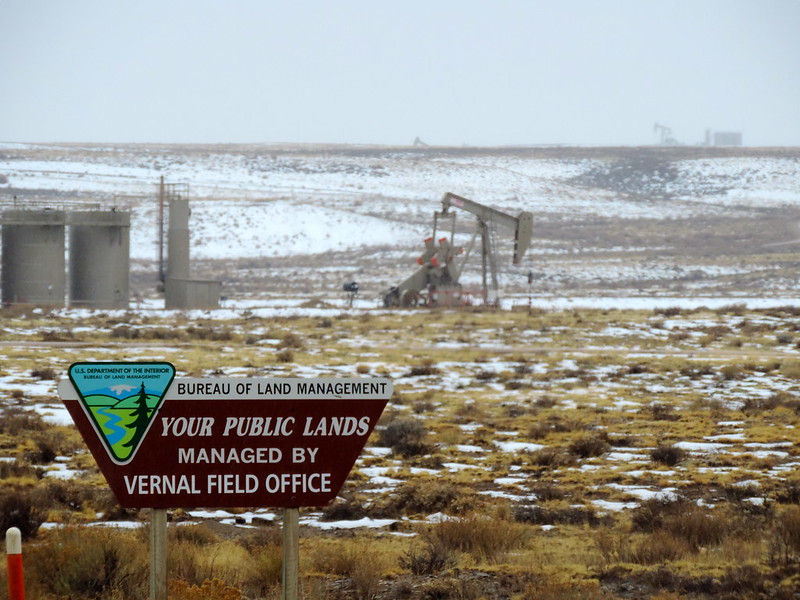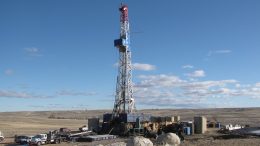Since the start of the Biden administration, federal climate policy seems to be waking up from a four-year slumber. But things are not as they were in 2017. The planet is hotter, 57 million acres of American forests have burned, and the global carbon budget is tighter than ever.
But there’s good news. Even while the Trump administration sought to dismantle national climate policies, a growing number of local, state and private-sector actors found ways to lead at home.
Our latest research, conducted at the Oxford Smith School of Enterprise and the Environment, shows how these “subnational” actors have kicked off a new era of climate action. As a result, the majority of Americans now live in jurisdictions committed to reaching net-zero emissions by mid-century or earlier.
But the push to net zero can only go so far without coordination from D.C.
In their current form, subnational targets have wide discrepancies in how states choose to pursue and measure their pathways to net zero. For instance, if Oregon buys electricity from a coal-fired power plant in Idaho, should Oregon count those emissions as its own? Should Idaho? What if the coal came from Wyoming? A lack of consistency could lead to double counting — or worse, not counting at all.
These targets are also unable to address a substantial gap in the fabric of subnational climate action: Emissions that come from the one quarter of U.S. land that is owned and managed by the federal government.
A stunning 23% of the nation’s greenhouse gases can be traced directly to public lands. Much of these emissions come from the extraction of fossil fuels under leases issued by the Bureau of Land Management. States have limited control over what takes place on federal property, even when that land is within their borders. The BLM and U.S. Forest Service set the terms for oil and gas leasing, mining permits and logging.

More recent attempts to regulate emissions from federal government leasing and permitting programs were stymied by climate obstruction by the federal government. The American Public Lands and Waters Climate Solution Act would have required federal lands to reach net zero by 2040, but it never received a hearing in the Republican-controlled Congress in 2019. As a result, states — especially those in the West with large swathes of public land — remain limited in their ability to meet their own decarbonization targets.
But public lands offer an opportunity as well as a challenge. American public lands already sequester roughly 250 million tons of carbon dioxide each year. The restoration of forests and other native ecosystems plays the leading role in taking up this carbon, while protecting biodiversity and ecological resilience.
Today these carbon sinks give the United States the equivalent of a 4% rebate on the nation’s total greenhouse gas emissions. That might sound small, but it’s greater than the annual emissions from every commercial flight in the country.
Looking forward into the decisive decade, as emissions begin to decline, the amount of carbon sequestered by public lands will be determined by our actions as stewards of these landscapes. Ultimately, reaching net zero means ensuring that for every ton of CO2 emitted in a given year, another ton is put back into the earth. A large portion of those negative emissions has the potential to come from America’s public lands, but forests will not regrow in the course of a single night or even one election cycle.
Recognizing this opportunity will be important to communicating that public land is valuable for more than just extraction and logging. The more we can protect public lands to ensure they’re carbon sinks rather than sources, the easier it will be to reach net zero by 2050.
The Biden-Harris administration took a key step in this direction in January when it issued a temporary moratorium on new fossil fuel leases on public lands. But the administration has yet to issue guidance on whether this moratorium will continue or how it plans to deal with existing leases.
Even more recently, Congress began debating the CLEAN Future Act, which would commit the United States to net-zero emissions by 2050, in addition to setting a 50% emissions reduction by 2030. But the act doesn’t provide an explicit mandate to the Interior Department to align the actions of the BLM with the needs of a net-zero future. Unlike the American Public Lands and Waters Climate Solutions Act, the CLEAN Future Act doesn’t require federal and state actors to come together and plan to reduce emissions and sequester carbon on public lands.
With this omission Congress risks making the common mistake of overlooking the federal government’s direct role in facilitating nearly a quarter of the nation’s greenhouse gas emissions.
Aligning ambition with action will require a new era of federal leadership. And if Congress is too gridlocked to act on climate, there’s every hope that Interior Secretary Deb Haaland will be one of the nation’s most influential climate champions in the years to come.
Creating a net-zero strategy for the United States’ public lands would be an excellent place to start.
The opinions expressed above are those of the authors and do not necessarily reflect those of The Revelator, the Center for Biological Diversity or their employees.
![]()




